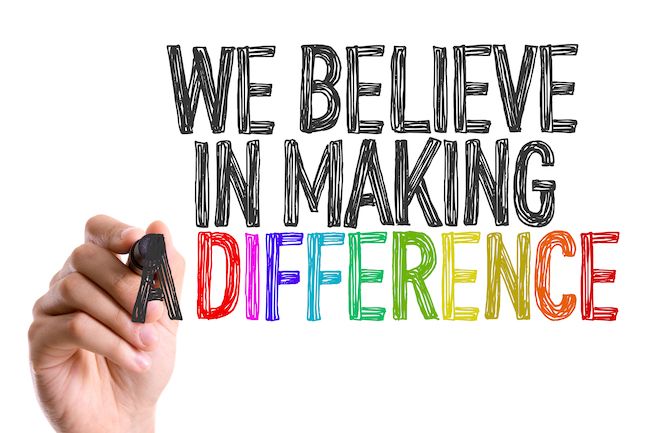What is the difference between mentorship and sponsorship, and why is it important for all levels of leadership to understand how it impacts organizational advancement between genders?(1) The answer lies in the fact that a large percentage of women are not reaching the C-Suite in their organizations. While both mentorship and sponsorship are important for employee advancement, studies show [Center for Talent Innovation study – 2019 and Felix – 2014] sponsorship is more effective in the employee ascending beyond the glass ceiling.
Definitions
Mentorship is embracing another person, sharing knowledge about the job, and helping with the preparations for advancement in a particular industry. Sponsorship, on the other hand, is enhanced mentoring. It occurs when an employee has a relationship with someone who is in power, who also uses some of that power for advancement. Sponsorship can include mentoring another, but mentoring does not, in and of itself, include sponsorship.
Many corporations are implementing some form of sponsorship to address what has been perceived as a glass ceiling for incredibly capable and accomplished female executives. Research to evaluate why women can’t break through shows that for those vying for the role, men are sponsored more than women. Men who are in leadership tend to sponsor men. Women don’t have this pathway established.
Some of this is simply due to the assignment path earlier in their careers. According to a 2016 study by McKinsey, when women get promotions in organizations, they tend to get the roles where they are experts on a subject, or they acquire roles of assistance. Their male counterparts, conversely, tend to hold the higher-paying, larger jobs with higher profit/loss responsibilities.
To address this problem, leaders should consider methods that can be established to balance out the gender disparities. This includes, not only at the C-Suite, but also regarding other promotional opportunities for advancement.

Mentoring is not enough
Proven by the fact that many women are mentored and are still not obtaining access to the C-Suite, leadership must look beyond mentoring if the organization is going to include female and minority leadership.
Another point to consider is that more men, than women, have relationships with the highest leadership in organizations, usually occupied by men. Therefore, the organization is structured, as a natural funnel for men to advance. Some would call this the good ol’ boys club, but another way to look at this is how relationships are occurring. According to an article written by Entrepreneur -2012, men tend to view relationships as more transactional in nature; you scratch my back, I’ll scratch yours, and most of their interaction with co-workers occurs with this perspective. Women, on the other hand, tend to be relational with their interactions before becoming transactional. It would make sense, then, that men naturally form relationships with other men easier than with women. Their intentions are aligned from the beginning.
Understanding the difference
The men and women who understand this difference in perspective upfront can address each other accordingly and increase the likelihood of building better relationships.
In many organizations, women don’t have access to those relationship-building opportunities in the first place. They are left out of those opportunities altogether or lack the confidence to even attempt to establish relationships with the men in leadership. Either way, access is stifled.
Everyone in leadership must appreciate the disparity in the advancement, or lack of, opportunities for women.
When leaders work to go beyond mentorship, they find ways to open doors for transparent relationship building across all levels of leadership. Leadership tracks established with top management spending time in the funnel (lower levels of the tracks), to investigate potential candidates is one step.
Parings where top management chooses potential candidates for leadership and then mentors and sponsors those individuals is another important step. Open and honest communication and feedback are key to making the leadership tracks work.

Networking must be inclusive
Most company networking has been traditionally set up for men and by men. Happy hours at the club, golf outings, sporting events, and visits to the cigar room are all examples of networking geared toward men.
Women typically are not invited to these types of networking activities. However, the trajectory is changing, and networking opportunities are beginning to include women, but there is still room to grow. Most of the networking for women are to support and encourage each other, but most of that networking does not mix with men.
Though both men and women may benefit from single-gender networking, leadership must also include networking that includes all genders and all levels of the organization. This opens the door for mentoring, sponsoring, and relationship-building opportunities to form.
What can your organization do to allow more inclusive networking? Some of the companies I have worked with, or interviewed, installed company lunches, and happy hours that include everyone. Others experimented with family days, speed networking, company gatherings, and educational opportunities to increase the networking opportunities.
Systems matter
It’s one thing to pick a person to mentor and/or sponsor. That would be a good start. But it’s even more empowering to look at the entire system within the organization and critique the formula for advancement.
I had a conversation with a managing director of a company, who was very proud that he had one female CEO in his organization out of the 15 CEO opportunities. He felt like his company was well ahead of the game with these numbers.
Clearly balance has not been achieved in this organization, and “well ahead of the game” must be redefined.
A better view for advancement
I challenged him to look beyond the numbers to evaluate the entire structure of how talent is identified. How did this one woman advance? What was the skill or attribute that led to her promotion? What skill or attribute do the other females in the pipeline not have, or have, that limited their advancement. And what steps has the company taken to address those limited skill sets? Does he need to reevaluate the skills necessary to do the job?
Can he think more broadly to understand that while a female candidate doesn’t fit his “check box of skills”, she may have other skills to bring to the table that will make her a successful CEO? For example, while she may be limited in her financial background, can she augment that with a strong CFO because she has the strategic vision to meet a market need? Or can her ability to lead, reenergize, and create trust amongst the SVP team outweigh her experience in direct to market sales? And, finally, if he is doing these same types of analysis for his male candidates, has he realized that he hasn’t for females in his organization.
So, how can you intentionally and purposefully impact your organization with the systems that are in place? Can you evaluate the hiring, onboarding, education, networking, and advancement and find ways to foster more inclusive access to the top?
Some organizations have formed committees and/or entire departments to find solutions and adjustments needed to increase opportunities within their systems. Others have sought outside consultants to help.
Either way, an employee is more likely to stay with your company and fully buy-in if they feel there is a path to advance.

Good leaders make a difference
Leaders who understand their power, and are intentional about advancing the organization and its diverse employees, will be an attractive leader to work for. This type of leadership is vital for opening the doors to opportunity in business.
Discovering sponsorship opportunities for women does not occur overnight. It takes planning and implementation.
According to the Harvard Business Review, we can look at Sponsorship on a continuum:
- Mentor – Provides advice and support
- Strategizer – Shares insider information about how to get ahead in the organization.
- Connector – Makes connections with decision-makers and others who hold leadership positions within the organization
- Opportunity giver – Provides a high-visibility opportunity
- Advocate – Promotes and fights for someone who isn’t in a position to fight for themselves.
On the lower end of the spectrum the mentor shares knowledge and gives a time commitment. For example, maybe the leader takes the mentee to lunch and shares some advice or knowledge about the mentee’s path.
At the other end of the sponsorship spectrum, the advocate puts his or her reputation on the line for someone. The advocate has power within the organization and uses that power to promote another employee.
Allies are important
For those who are not yet experienced enough or early in their path, it is wise to form relationships throughout the organization. Avoid limiting yourself in accessing those who hold the most power.
Additionally, if you don’t feel that those in power are open to advancement for you, then find the allies within the company that can assist in your effort. In other words, there is always someone who is connected to C-level management who would be open to the advancement of a more inclusive top-level management.
Allies don’t always exist in the same company. Sometimes they are discovered in a partnering company or outside the organization with vendors or others. Be open to seeking people that understand and can help with developing ways to climb the C-Suite ladder.

Final Thought
If the opportunity for equal access to top leadership is the goal, it will take a team effort in defining what that looks like, and how to set up the systems that will achieve it. Sponsoring must be part of that pathway. Once fundamentally established, it takes purposeful commitment from leadership, teamwork at all levels of management, and strategic networking to achieve the goal. All leadership has the power to make a difference. What will you do?
Notes:
(1) Where this article uses gender throughout, it is similarly applicable to race.

